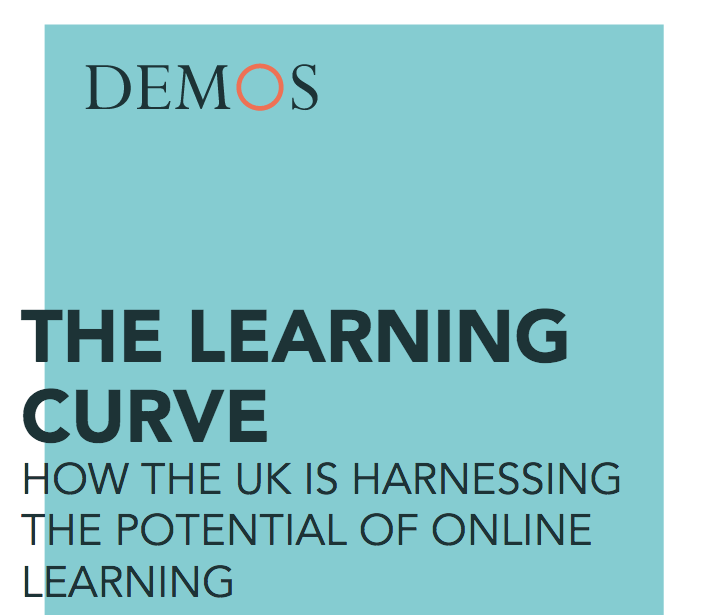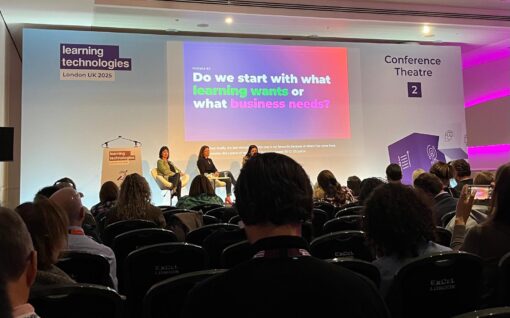Research Digested: The Learning Curve: How the UK is harnessing the potential of online learning, Demos

A snapshot of useful research for L&D and workplace professionals
Why read this report
It gives a good overview of how people are currently engaging with online learning, why and the outcomes of that learning. It discusses how individuals are benefitting from online learning, how organisations are benefitting and how society and the economy are benefitting.
About the research
There were several elements to this research: a poll of more than 20,000 UK adults across the UK, a review of existing literature related to online learning, economic modeling and 20 in-depth semi-structured interviews.
Standout stats
Demos’ research shows that online learning has significant benefits. Some of the key stats include:
- 10% of the UK economy can be linked to the effects of online learning
- two thirds of UK people who use the internet to learn new things for work (that two thirds converts to 20 million people) feel that online learning has helped them do their jobs more efficiently
- over one in five of the UK working population has used interned-based learning to help raise their pay, although women are less likely to convert learning into higher pay
- 58% of people learning work-related skills online are doing so under their own steam. Plus, 36% do so independently of their employer, 17% as their own idea but supported by their employer and 11% say it was their idea and they are self employed. Just under one in five (18%) say their employer suggested or required it, 5% because a client suggested or required it. And 17% did it to retrain to change careers.
- 89% of people who have undertaken online learning paid for by employers say it has made them more effective at work
Demos asked people how they are learning online and found that social learning is particularly prevalent among young learners.
- 35% of 18-24 year olds learn new skills at work by discussing them with other people online, such as through social media, compared to 23% overall.
- 48% of 18-24 year olds have created learning materials for others to use online, compared to 22% overall
What online technologies are used most for learning, according to the report? Search engines are the number one tool used for learning, in and out of work, by a long way. Then videos, then other learning tools. Young people use a broader range of tools and are more likely to learn socially.
- 77% of people who learn online say it’s improved their mental health
- the most searched skill in Britain? How to cook. There are big regional differences about what people are going online to learn. In Scotland it’s music more than anything else, Northern Ireland beauty, Wales knot tying, Yorkshire animal training and London lock picking!
Final word
Demos talks about how online learning could be used to tackle the UK’s productivity problem (productivity has fallen since 2008). Remember that figure: 20 million people say online learning helps them do their jobs better.
It could also have a significant role to play in the government’s programme of ‘levelling up’ – boosting struggling regional and local economies. And in meeting the challenges of lifelong learning and skills generation in the fourth industrial revolution.
The think tank made a few recommendations near the end of the report. They were that:
- the government should legislate for all employees to have access to five paid days of learning leave
- the government should establish joint working groups with industry to create new accreditation bodies to provide modular career progression routes for industry sectors that lack such bodies. It should prioritise lower pay industries
- universities and professional bodies should consult on introducing ‘open access exams’, allowing anyone to sit their exams
Report reading time: 20 minutes
Media: PDF

